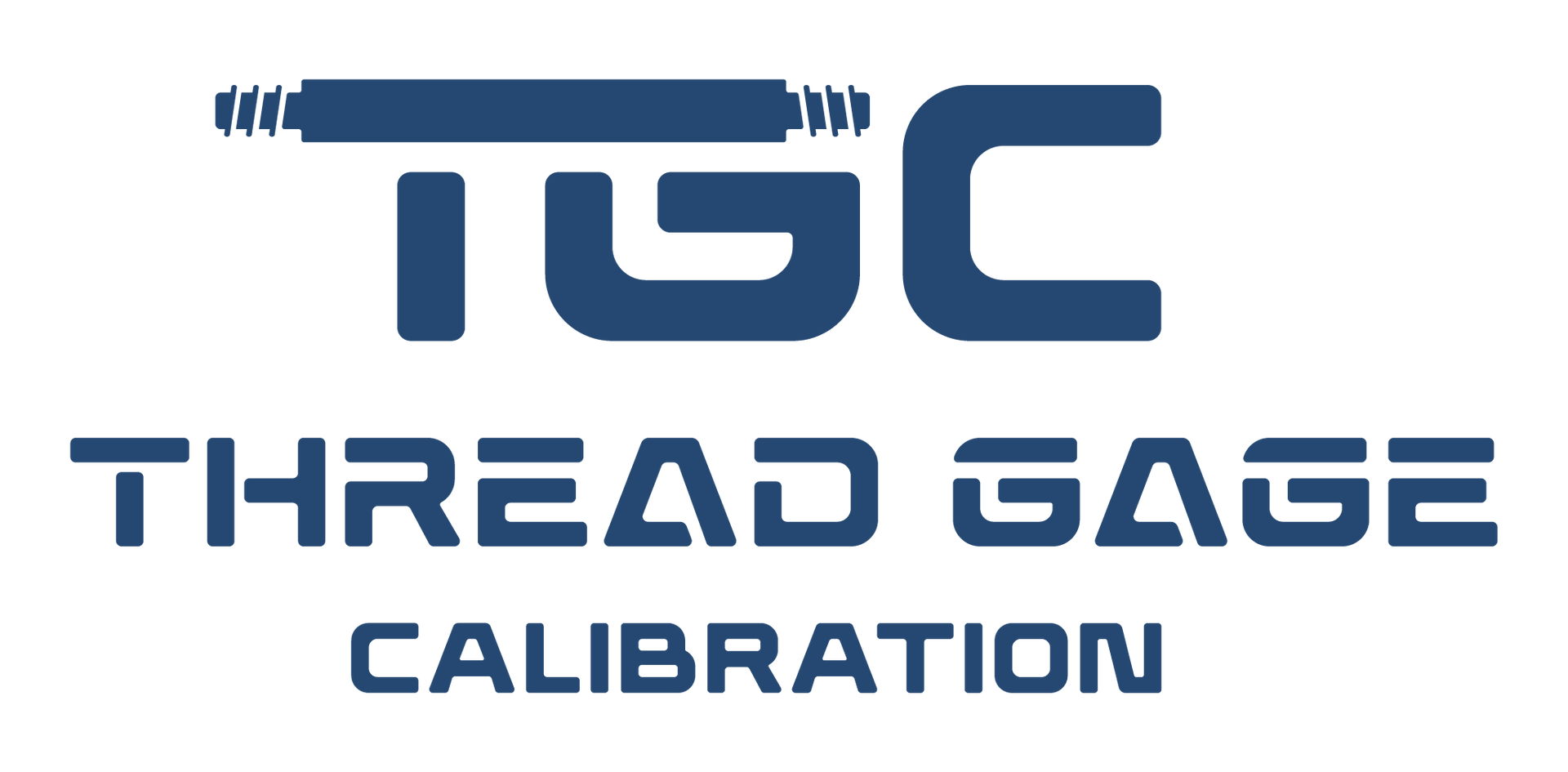
Technical Information
Dimensional Inspection of Parts Using Fixed Limit Gages
Choosing the proper inspection instrument is a critical quality control decision; the wrong device or method could produce inaccurate results, and also affect the cost and performance of the parts that are inspected. Additionally, the parts should undergo a comprehensive inspection in which all aspects of the part's performance life and functions are considered. The importance of the part's function should directly correlate to how extensive an inspection might need to be performed, ranging from a simple scale to the utilization of complex measuring instruments.
It is also important to realize that when inspecting parts, gaging (utilizing fixed limit gages) and measuring (using variable gages) are two different terms. The primary distinction between the two relates to a count of units: gaging refers to whether the part features are within a specified limit, and measuring refers to the number of units in the specified dimensions of a part.
Measuring devices can be relatively costly and complex, but may be necessary depending upon whether an accurate count of units is needed. In contrast, fixed limit gages are typically less expensive, simple devices, and require little set-up. The choice of inspection devices (fixed limit or variable) is usually determined by inspection requirements . If the actual dimensions of a part are required, then variable gages are the optimal choice. If actual dimensions are not required, then fixed limit gages are the optimal choice.
Benefits of Fixed Limit Gages
Fixed limit gages are typically simple devices like plug gages or ring gages that contain no moving parts and are easy to use. As such, their use is very common. Fixed limit gages are also easily portable, do not suffer breakdowns in service, and do not require power.
Because fixed limit gages are available in an extensive range of sizes and tolerances and offer increased assurance of a fit between mating parts, it is easy to see why fixed limit gages are the most widely used inspection devices.
Setting Gages and Fixed Limit Gages
Fixed limit gages can be used as either a “Go/Not Go” attribute gage or as a setting gage. Setting gages are used to set the zero position of a particular instrument, while Go/Not Go attribute gages determine whether the part is within the maximum and minimum material condition of a part's features. Fixed Limit gages are typically utilized as a full-form or 3D simulation of the mating part. This serves as the basis for the gaging practice known as "Go, Not Go," which is often used with ring, plug, and snap gages.
The Go, Not Go Inspection Practice
In this gaging practice, a Go gage is used, serving as the equivalent to one or more of the part's specified features. If the Go gage fits into or onto the part, then it stands to reason that the mating part is not outside the maximum material condition) and will also fit, ensuring proper assembly. Likewise, if the Not Go gage does not fit into or onto the part, it shows that the feature under inspection is not outside the minimum material condition) and consequently too loose.
The Go, Not Go Gaging practice is a quick, efficient, and cost-effective verification that part dimensions meet drawing requirements and will assemble and function properly.
Using Plain Plug Gages
Plain plug gages are available in many different types and are utilized for a variety of inspections. Wire type reversible plug gages are held in a collet-type handle that forms either a single-end or double-end Go, Not Go gage assembly. Wire type reversible plug gages are available in a range from .004"-1.000", and in a tolerance range from class Z-XXX. Most often utilized for checking hole size, they can also be functional for setting masters, locating pins, calibrating laser micrometers, and other high precision demands. Wire type reversible plug gages, also referred to as pin gages, have become very popular, due to their low cost and availability in thousands of sizes.
To inspect hole size of a part, the Go gage is inserted into the hole. If the gage can be entered into the hole, then the hole is considered to be above its low limit. Following that, the No Go gage is used: if it does not enter the hole, then the hole is considered to be below its high limit. If it enters the hole, then the hole is too big.
Using a series of plugs in various incremental diameters will result in a high repeatability rate. Gaging should be performed under optimal conditions, such as cleanliness of the part and proper temperature control, so as to have little effect upon the inspection. Work tolerance might also be a factor to consider, in which a gage wear allowance may be used. In this case, a wear allowance is added to the Go Gage diameter. A rule of thumb is that a tolerance should be specified so that the total gage tolerance does not exceed 10% of the part tolerance.
For very fine tolerances, a carbide plug gage is often the most effective and practical gage to be utilized. Additionally, many gage users also elect to use plugs in addition to air gaging or electronic inspections, in order to ensure that the parts will mate.
Need Your Thread Gages, Rings or Plugs Calibrated?
Address
Thread Gage Calibration
Osborn Products
1127 West Melinda Avenue
Phoenix, AZ 85027
Email Us
